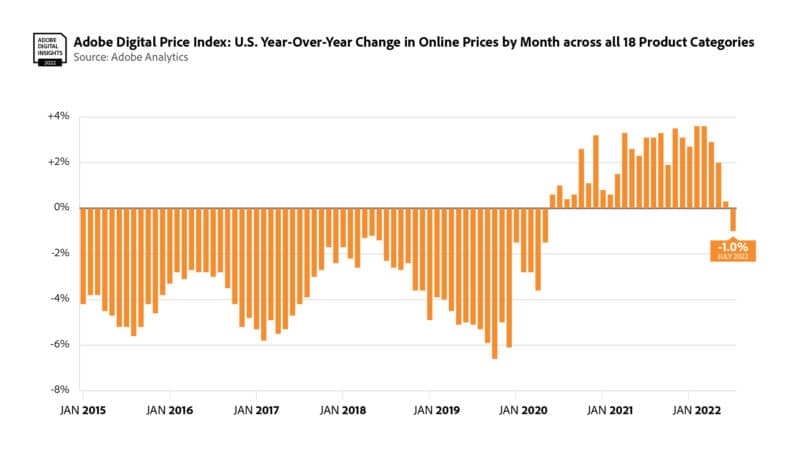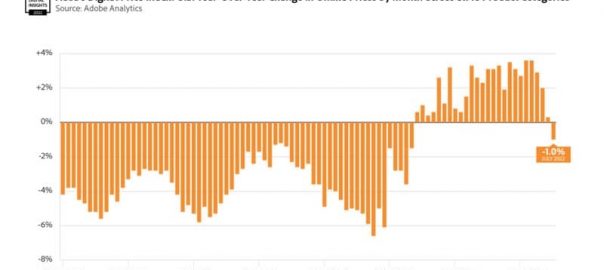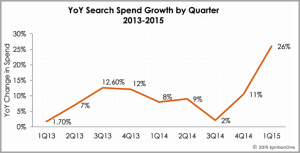Adobe Digital Price Index’s first price drop since January 2020.
Online prices were down 2% in July compared to June and 1% compared to last year, according to the Adobe Digital Price Index. This is the first decrease since January 2020, just before the pandemic. This is the first decrease since January 2020, just before the pandemic and follows three consecutive months of slowing price increases.
Most (14 of 18) categories tracked by the Index saw monthly price drops. Electronics, the largest e-commerce category with 18.6% share of spend in 2021, had the second biggest category price drop, down 9.3% YoY (2% month over month). That is close to its pre-pandemic level – electronic prices fell an average of 9.1% YoY between 2015 and 2019. It is also the category’s third straight month of price decreases.
Computers lead all categories with a 10.2% drop YoY and 3.2% MoM. Apparel had the biggest monthly drop in prices, down 6.2%, while only dropping 1% YoY. This is the first notable YoY decrease for the category. Last month prices fell only 0.1% YoY. Prior to that they had risen for 14 months.

Seven categories – personal care, office supplies, furniture, home and garden, appliances, flowers and related gifts, and medical supplies – had year over year price increases, while dropping month over month. Groceries saw the biggest yearly price increase (13.4%) and second biggest monthly (1.4%).
In July, consumers spent $ 73.7 billion online, $ 400 million less than the prior month ($ 74.1 billion). On a YoY basis however, e-commerce spend in July grew 20.9%, driven by Prime Day and record online sales for the overall retail industry. This year consumers have spent $ 525.4 billion so far, growing 9.2% YoY.
Why we care. Like today’s news of a slowing U.S. inflation rate, this is a possibly hopeful sign for the economy. Or maybe not. Online prices may have dropped because consumers can’t buy things like electronics because they are spending more on increasingly expensive necessities like food. Ditto the overall growth in online spending. Is it up because prices are up or because people are confident enough to spend more on items that are less expensive?
Or are we just adding more debt? In the past year credit card debt has jumped by $ 100 billion, or 13%, the biggest percentage increase in more than 20 years. Last quarter, with interest rates rising, credit card balances increased by $ 46 billion, according to the New York Fed. “The impacts of inflation are apparent in high volumes of borrowing,” the Fed’s researchers said in a blog post.
The post Deflation comes to e-commerce as online prices fall 2% in July appeared first on MarTech.
(18)






